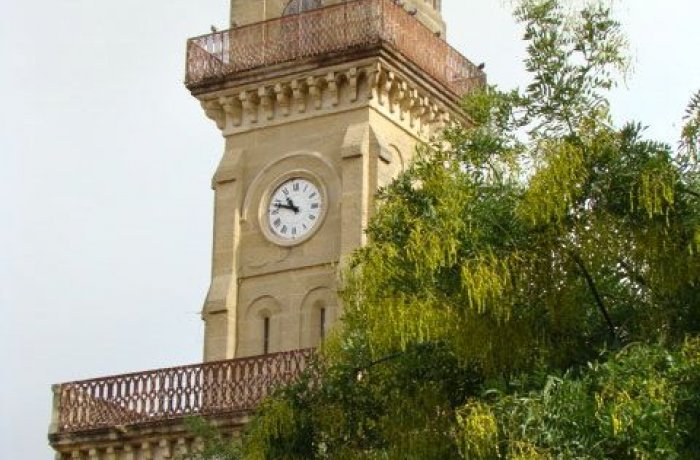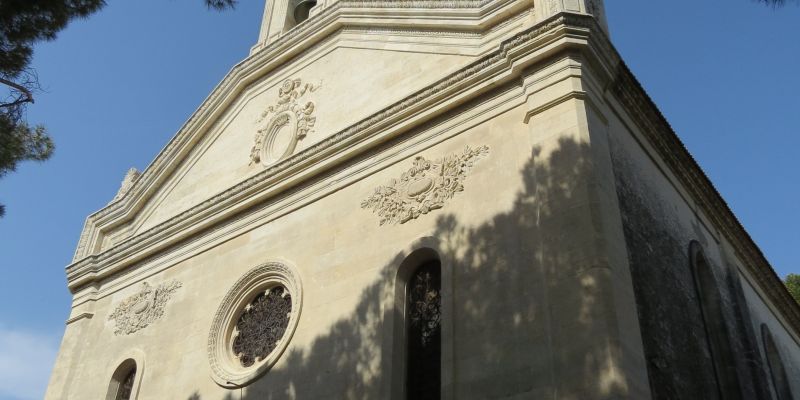
“At the crossroads of religions, the towns and villages in the heart of the Petite Camargue have witnessed a world-renowned Jewish seminary, a Christian sanctuary of pilgrimage and majestic Protestant temples”.
An immensely rich history, a heritage to discover
The wealth associated with viticulture and the very strong local secular and republican character has left us with beautiful architecture, some religious monuments are even filled with Republican inscriptions! Our region has been and still is crossed by various paths, both sacred and secular, such as the Chemin du Sel (Salt Road) which was the first industrial path supplying the economy. The most important is the Via Tolosana or Arles Route, one of the 4 pilgrimage routes leading to Santiago de Compostela. The sanctuary of Notre Dame de Vauvert was an ancient place of prayer for these pilgrims.






